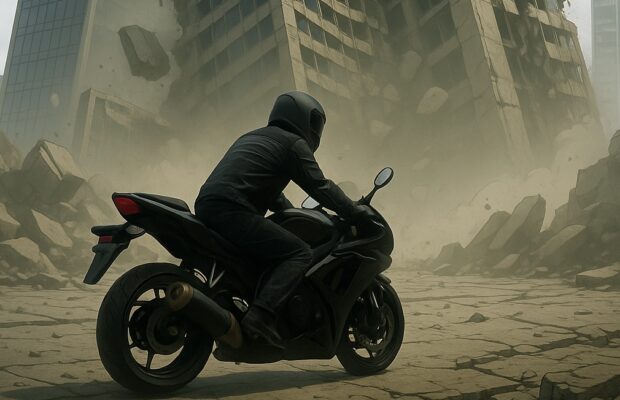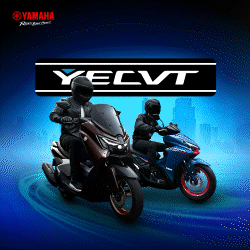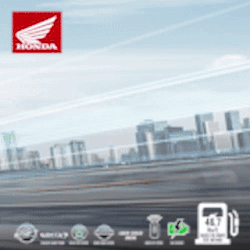MDPPA Advisory: Earthquake Safety Guidelines for Motorcycle Ridersk

The Philippines is no stranger to earthquakes. Situated along the Pacific Ring of Fire and traversed by multiple active fault lines, including the West Valley Fault, the country faces a constant risk of seismic activity. Because earthquakes can strike without warning, it is essential for everyone—especially motorcycle riders—to stay alert and prepared at all times. To help ensure your safety, the Motorcycle Development Program Participants Association, Inc. (MDPPA) shares the following important reminders on what to do before, during, and after an earthquake.
If you are riding when the shaking starts, try to stay calm and reduce your speed gradually. Avoid sudden braking or swerving, which may cause you to lose control of your motorcycle. Look for a safe area to pull over, away from power lines, trees, overpasses, or any structures that might collapse. Once stopped, turn off your engine and stay alert to your surroundings. If there are no nearby hazards, you may stay on your motorcycle, but if needed, dismount and move to a clear, open space.
If you happen to be idle or stopped at a traffic light when an earthquake occurs, focus on maintaining your balance and staying aware of falling objects. When the shaking subsides or when it is safe to move, carefully pull over to the side of the road and park in an open area. Avoid waiting near buildings, walls, or tall structures that could pose a danger in case of aftershocks or further collapses.
If you are away from your motorcycle when an earthquake strikes, prioritize your safety above all else. Move quickly to a wide, open area and protect your head and neck from falling debris. Do not attempt to return to your motorcycle until the shaking has completely stopped. Once it is safe, assess your surroundings for hazards such as broken glass, live wires, or unstable structures before going back to your vehicle.
After the earthquake, remain cautious as aftershocks can occur minutes or even hours later. Avoid riding immediately if the roads appear damaged or if there are reports of unsafe conditions. If you must continue your journey, proceed slowly and carefully. Stay updated through news and advisories, and avoid routes that pass through bridges, tunnels, or areas that may have sustained damage. Always watch out for cracks, fallen debris, or unstable infrastructure that could put you at risk.
Before getting back on the road, inspect your motorcycle and riding gear for any signs of damage. Check the tires, brakes, and other essential components to ensure they are in good working condition. If something seems off, do not take the risk—have your motorcycle examined by a qualified mechanic before riding again.
Preparedness is key to ensuring your safety. Earthquakes can happen anytime, but knowing how to respond calmly and correctly can make all the difference. By following these guidelines and staying alert, motorcycle riders can help protect themselves and others when nature strikes unexpectedly.
Stay informed. Stay alert. Stay safe.
— Motorcycle Development Program Participants Association, Inc. (MDPPA)
























0 comments